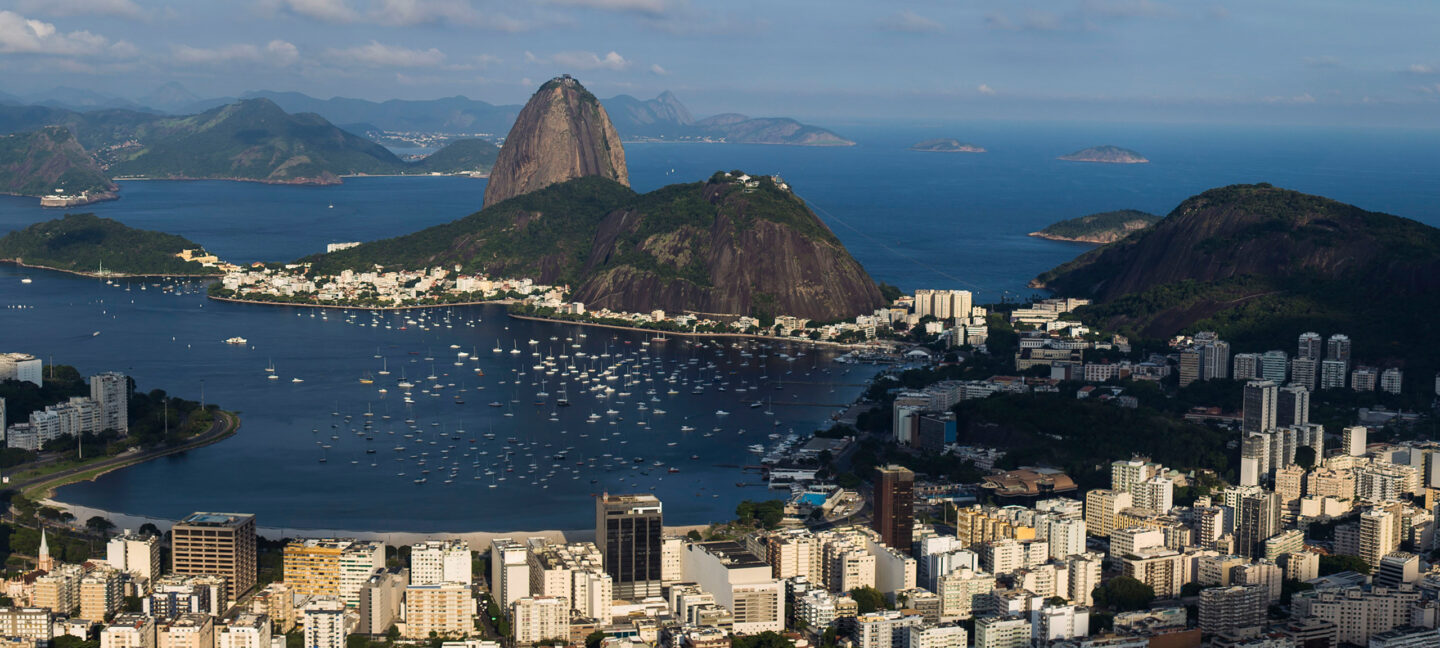
Brazilian Educational Ecosystem
Here you can find all the information you need on the Brazilian Educational Ecosystem.
Brazilian universities
The largest country in both South America and Latin America, Brazil covers 8.5 million square kilometres and is home to over 208 million people. This makes Brazil the world’s fifth largest country by area and the sixth most populous. It is multicultural and ethnically diverse and a perfect destination for international students. It’s no surprise that many are drawn to Brazil for its natural beauty – but you could also be boosting your career prospects. The country welcomes nearly 20,000 international students and offers hundreds of English-taught courses, particularly at universities in the popular student locations of São Paulo and Rio de Janeiro.
The Brazilian higher education system is similar in some ways to that of many other countries. You can study for undergraduate, postgraduate and PhD degrees. There are many degree disciplines offered, all at a high standard and low cost. At the bigger universities there are degrees taught in English, but you should practice your Portuguese as well!
Although you may recognise similarities in the education system, there are some noticeable differences. Bachelor and Associate degrees are referred to as graduate degrees. They take between 4 and 6 years to complete. When completed, you are qualified to work as a doctor or lawyer. A licentiate degree will take about 4 years, and allows you to work as a teacher. A technology degree takes about 2 years to complete. It will give you the skills to work in specialised fields, like agriculture or tourism. You can then earn either a lato sensu degree or a stricto sensu degree as postgraduate qualifications. The lato sensu degree will show that you have gained specialist knowledge in a specific subject area. However, it does not allow you to progress onto a PhD or other research degree. MBA programmes are classed to be lato sensu programmes. In order to progress to a PhD or research degree, you need to do a strictu sensu degree.
The government makes considerable contributions to higher education and tuition fees are reasonable. This makes Brazil extremely accessible for international students. There is a mixture of state funded and private universities, and tuition costs will vary depending on your choice of institution.
There are nearly 300 publicly-funded universities and more than 2,000 private institutions in Brazil. Public universities offer free education to international students, while private institutions are more costly.
As well as making five appearances in the top 500 of the QS World University Rankings 2019, Brazil dominates the QS Latin America Rankings 2019. 90 Brazilian institutions make the cut, including three in the top ten:
Universidade de São Paulo (2nd)
Universidade Estadual de Campinas/Unicamp (3rd)
Universidade Federal do Rio de Janeiro (9th).
The academic year runs from February to December, with a break in July.